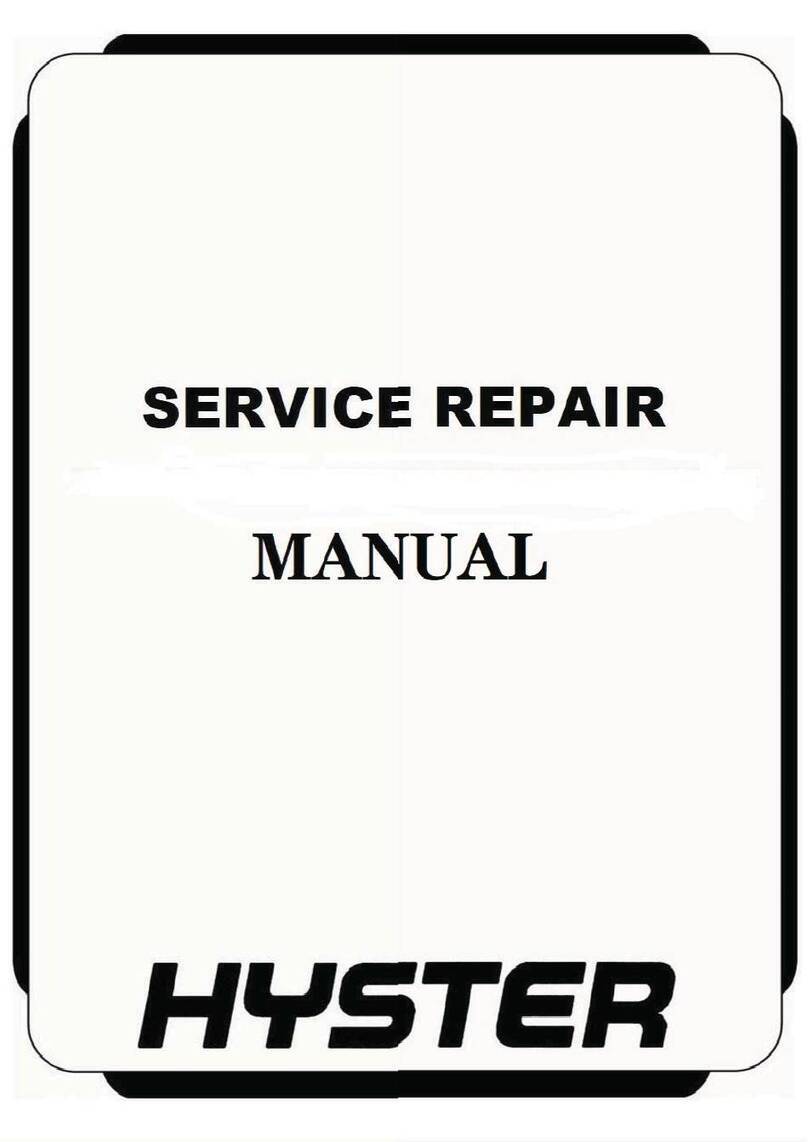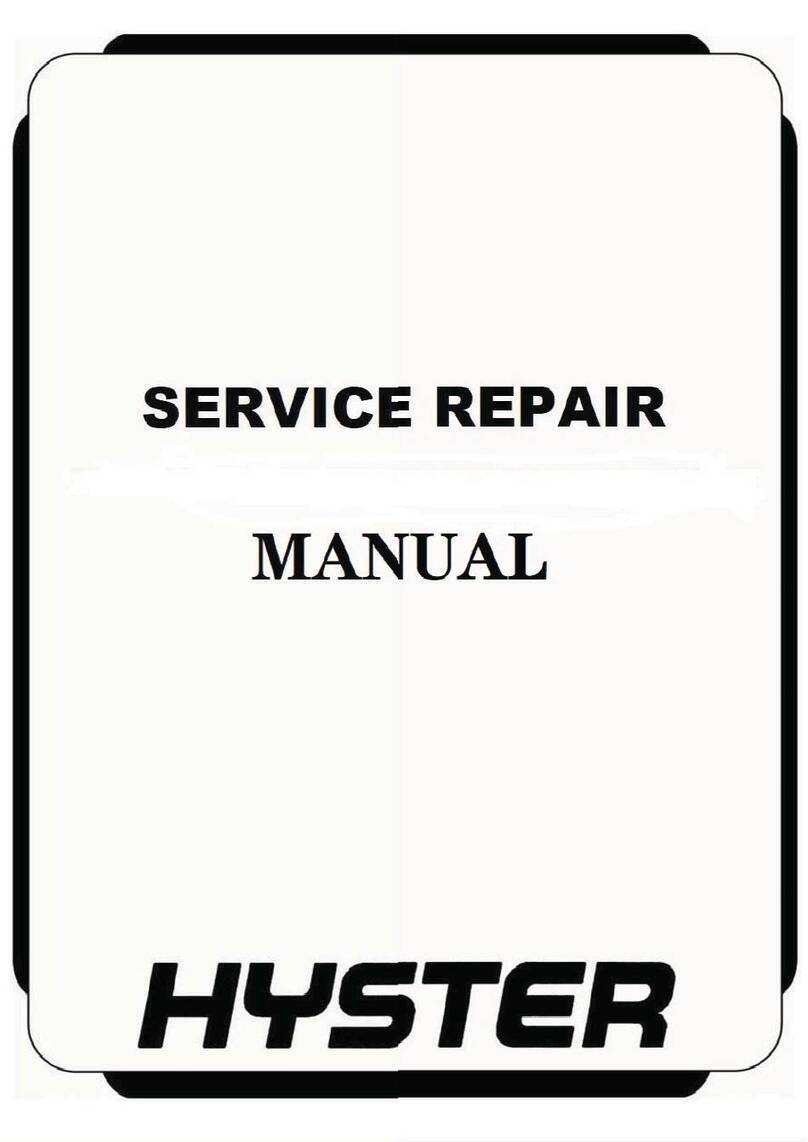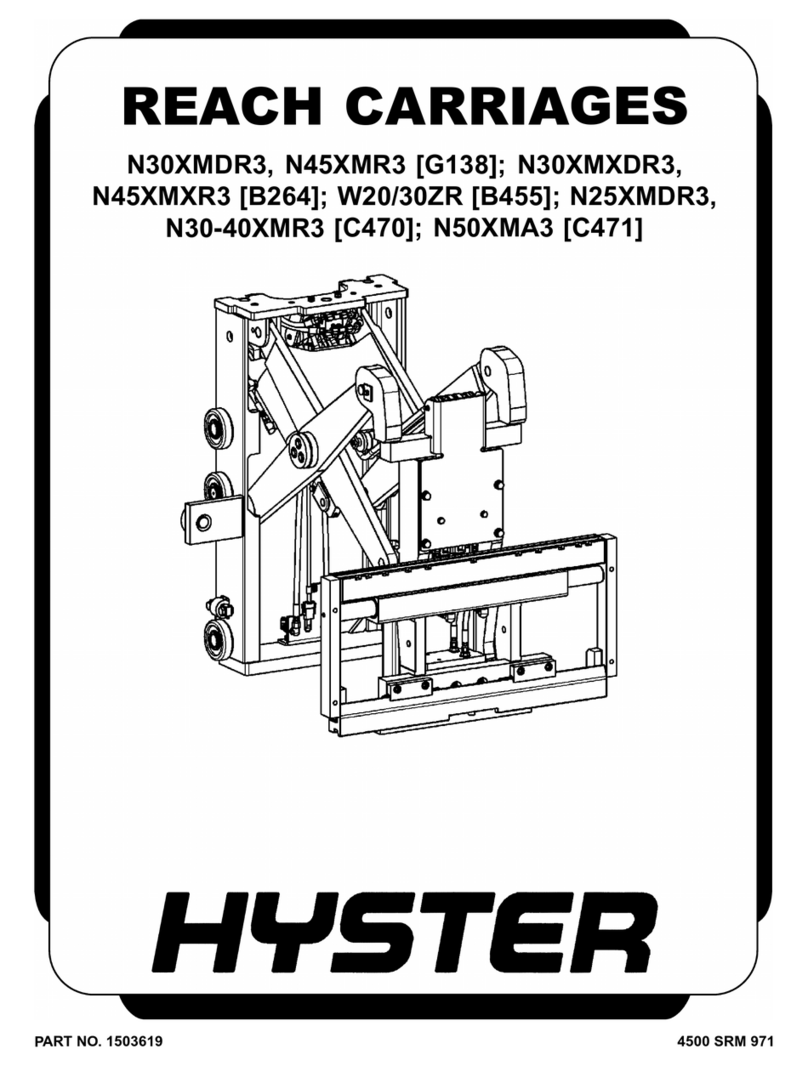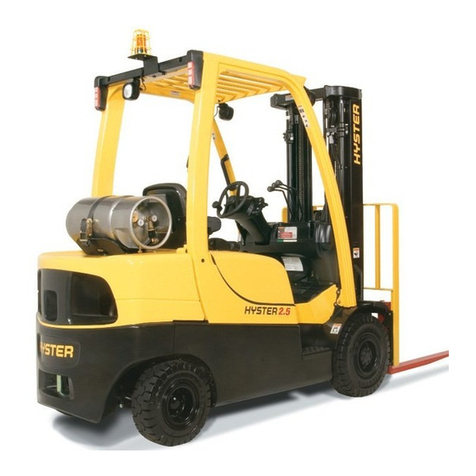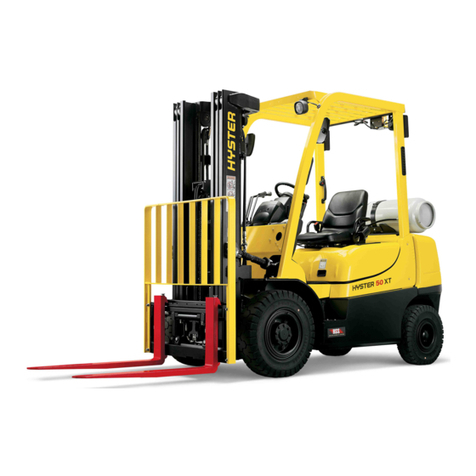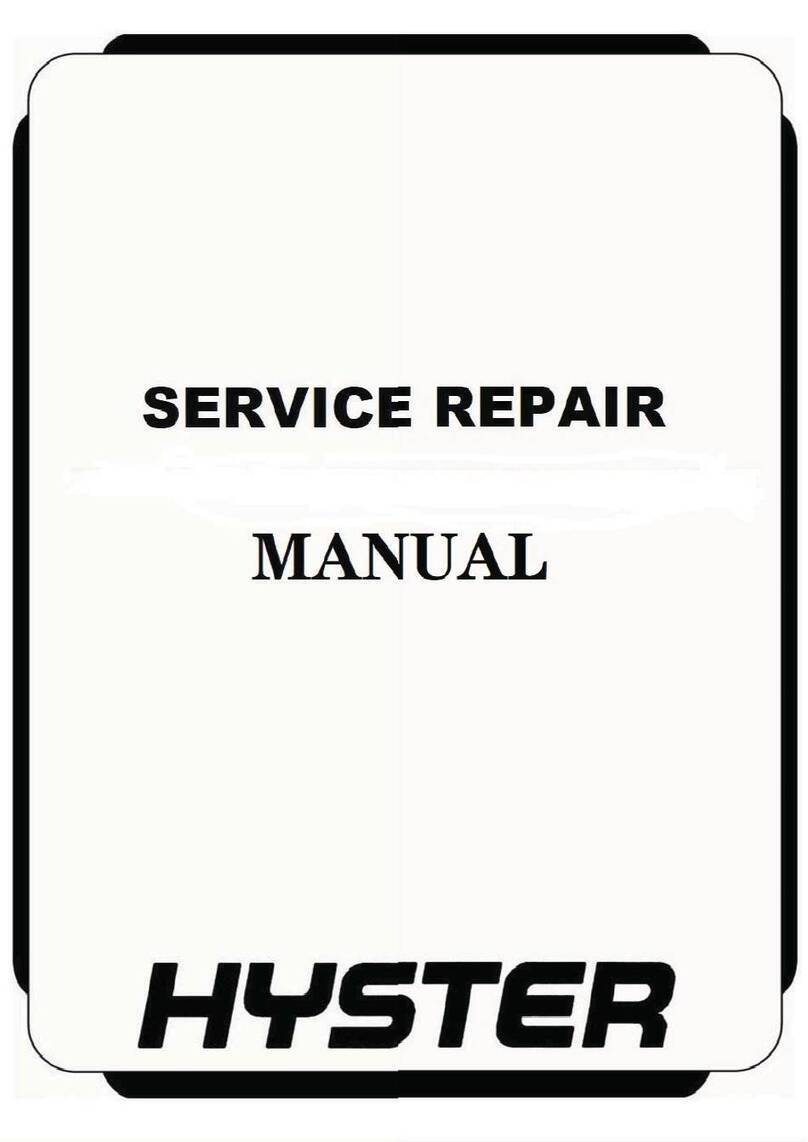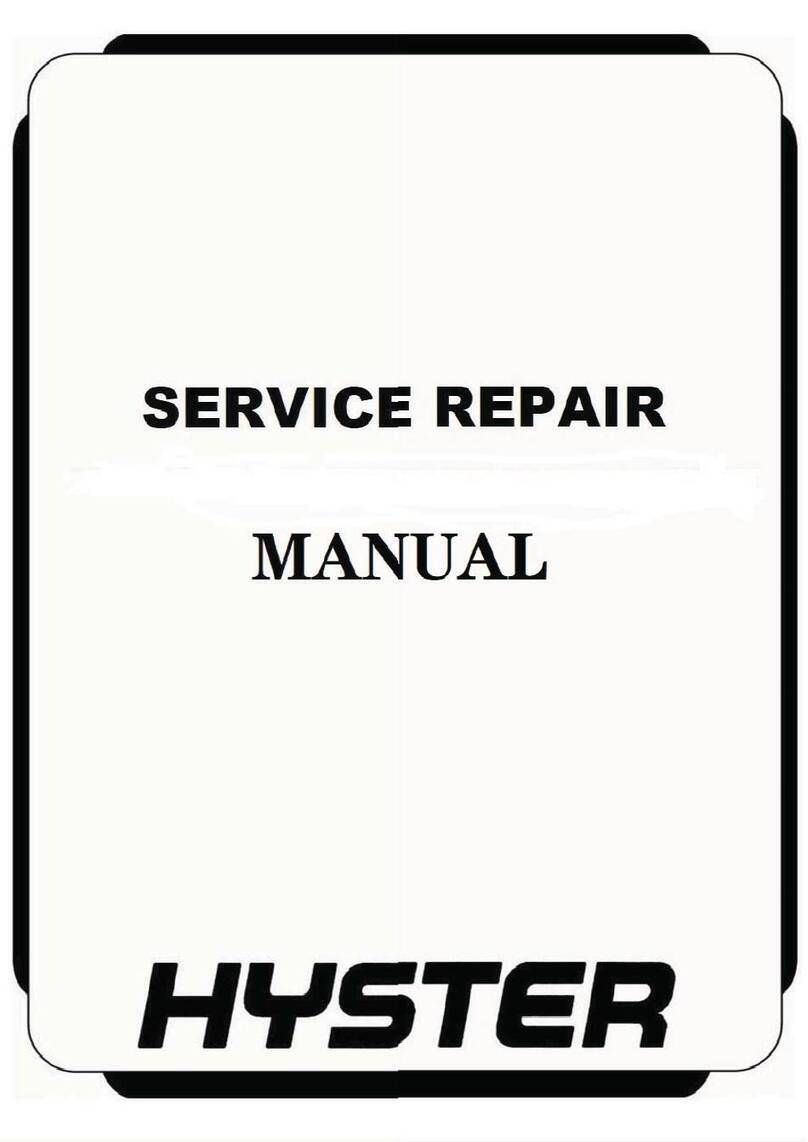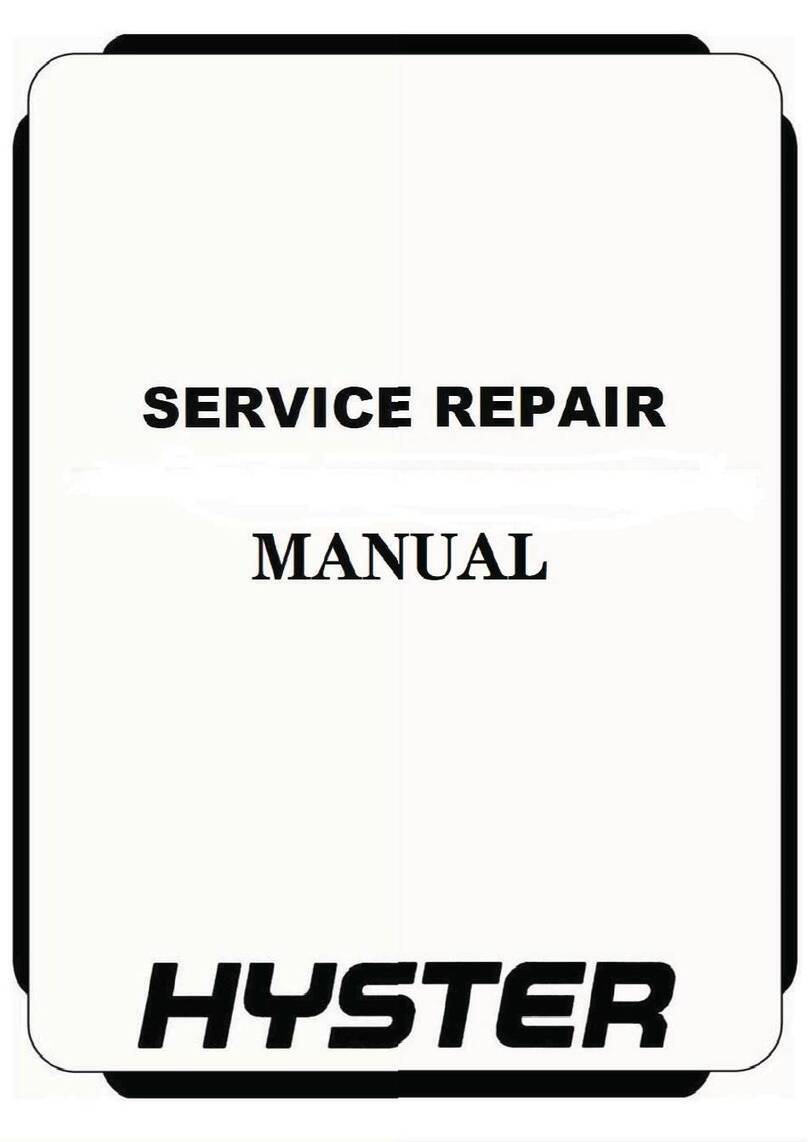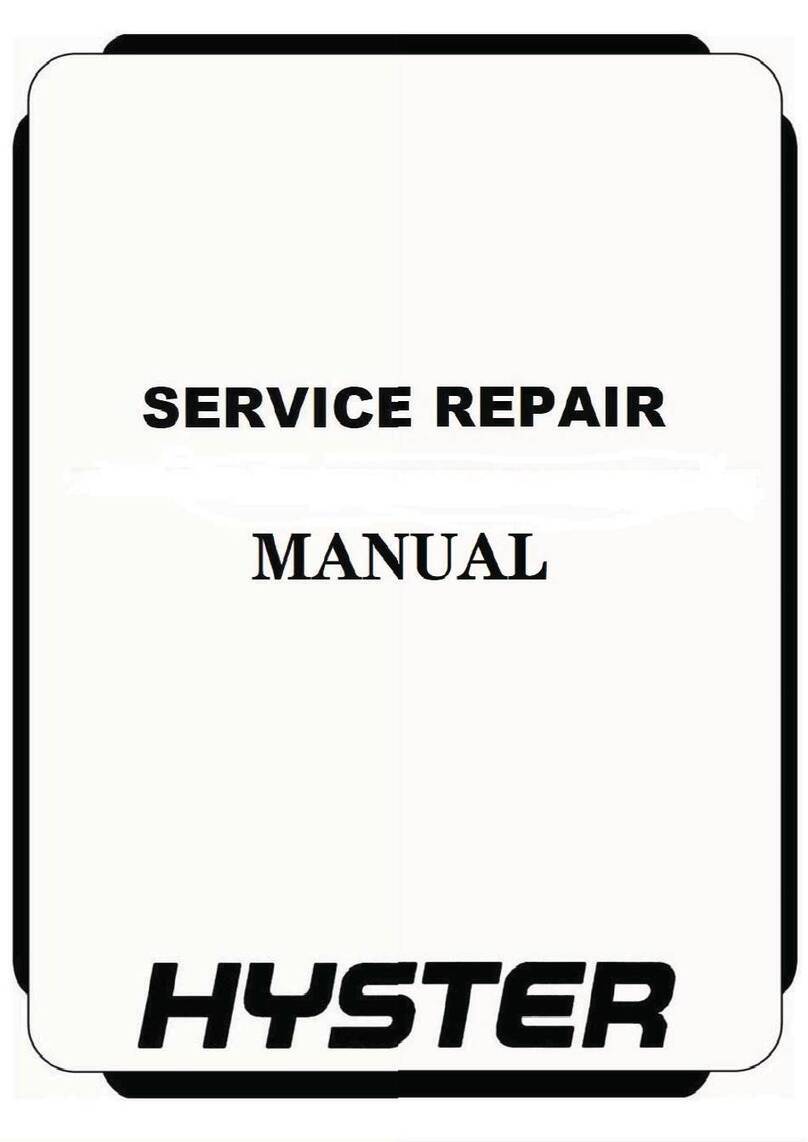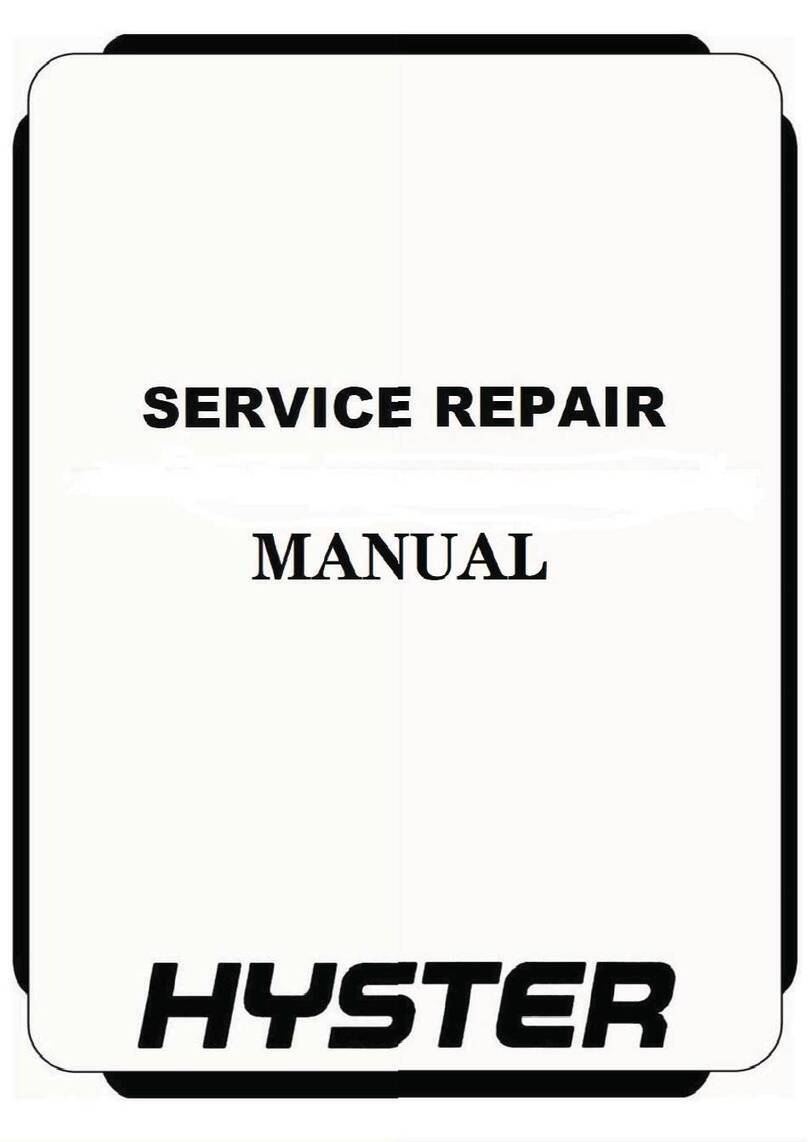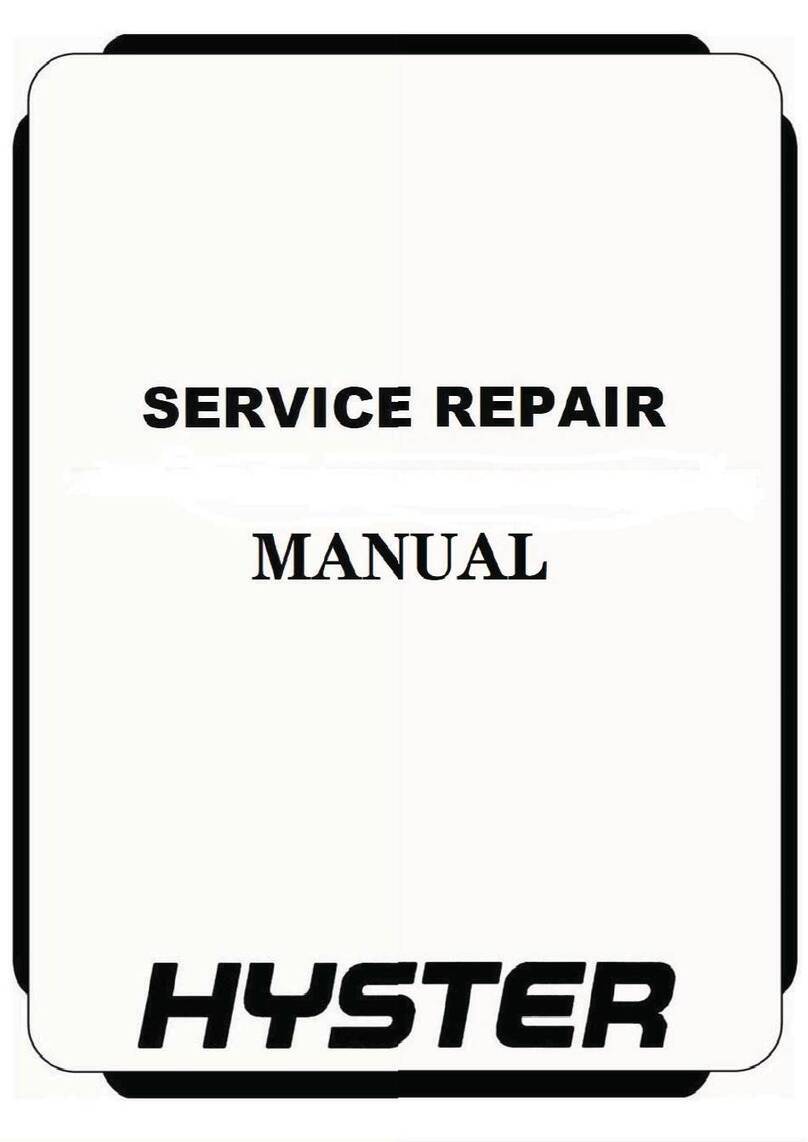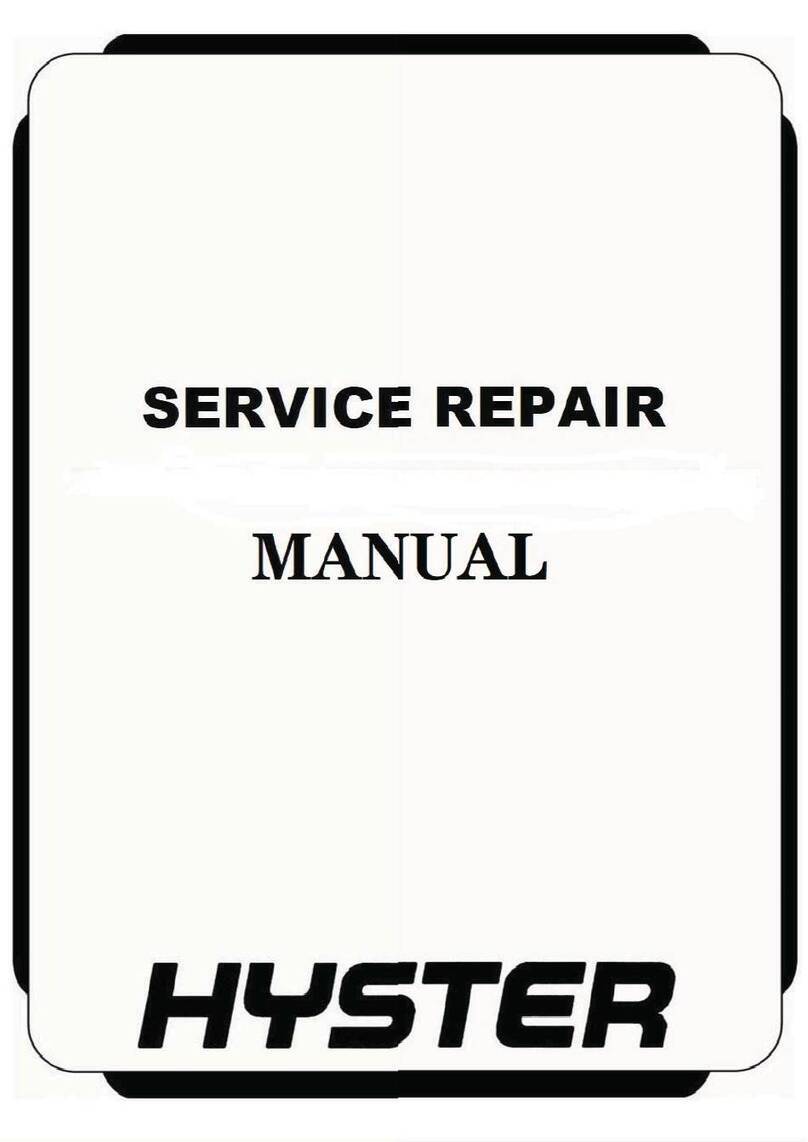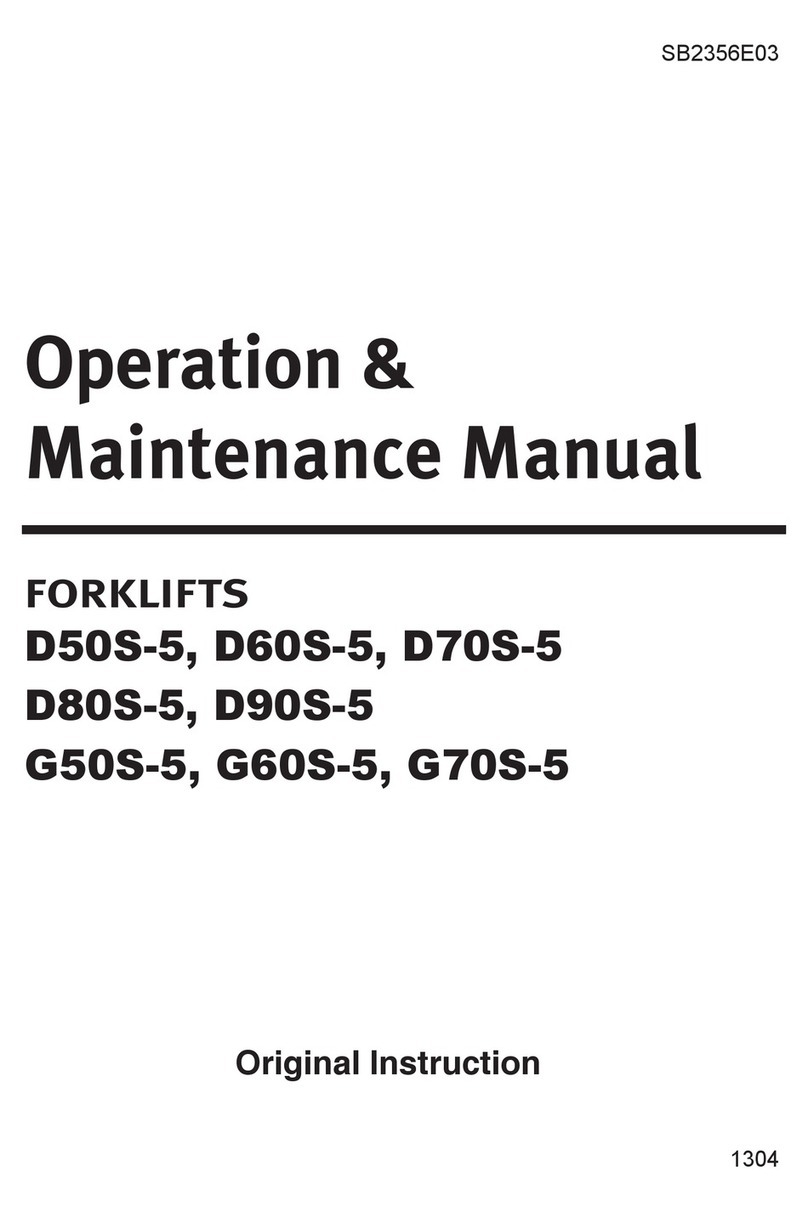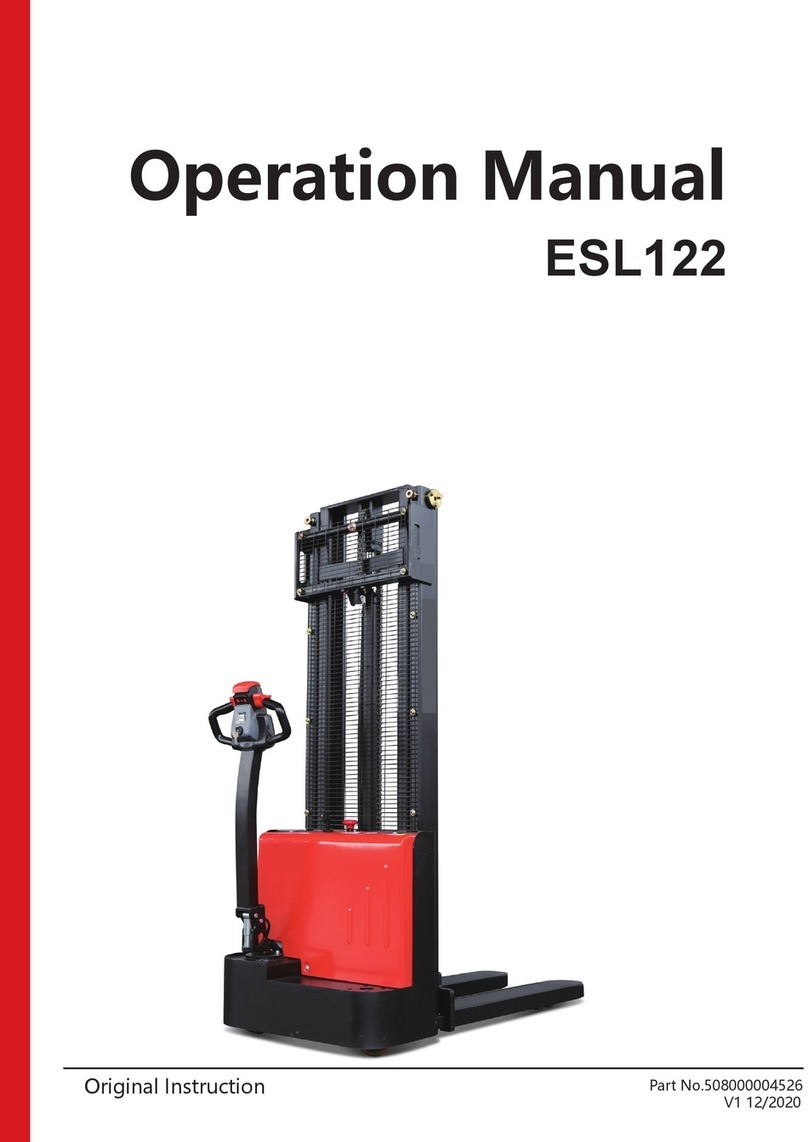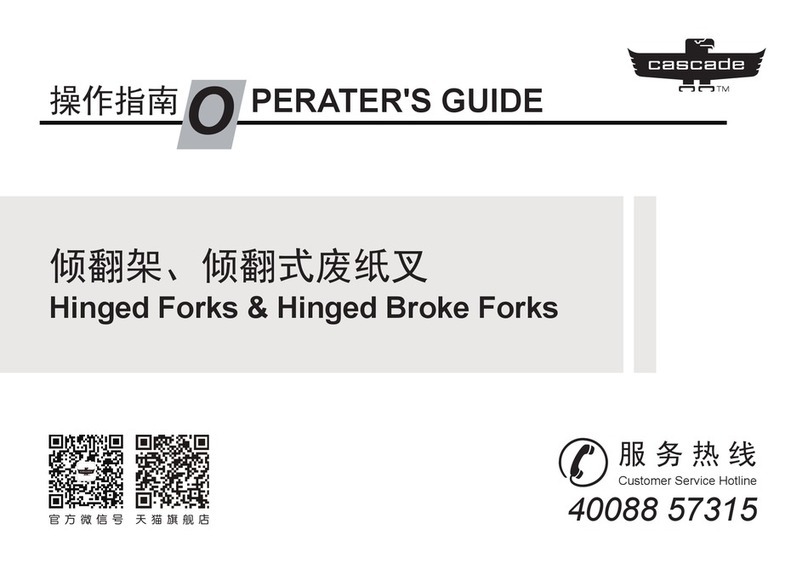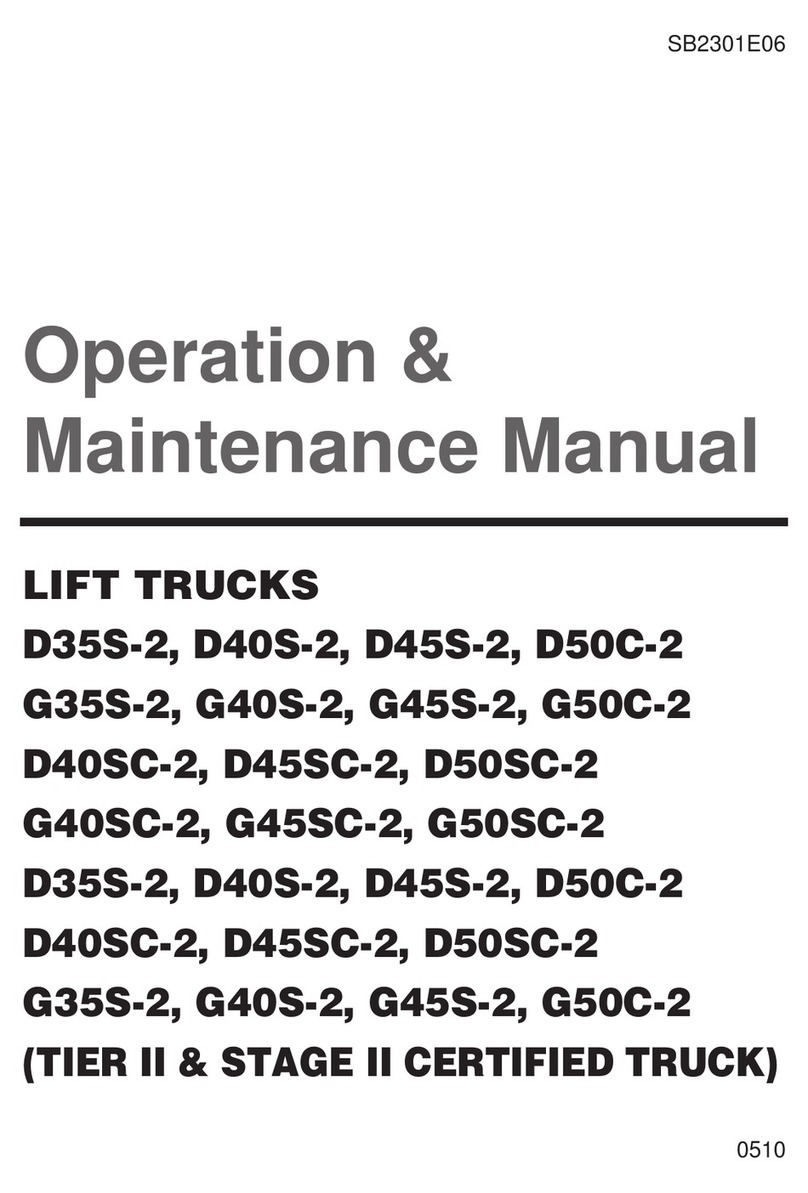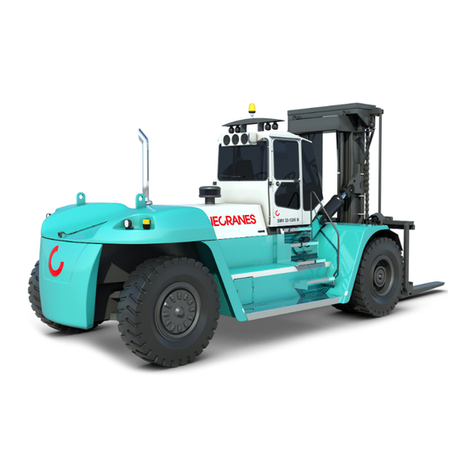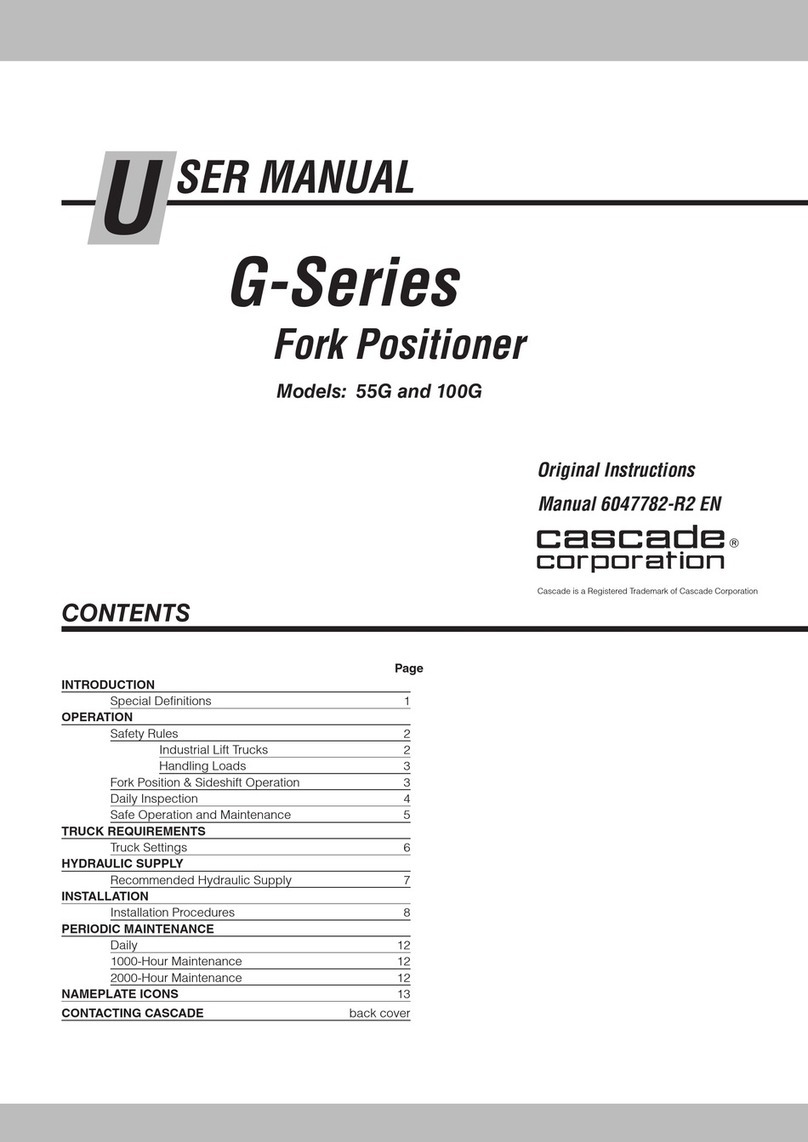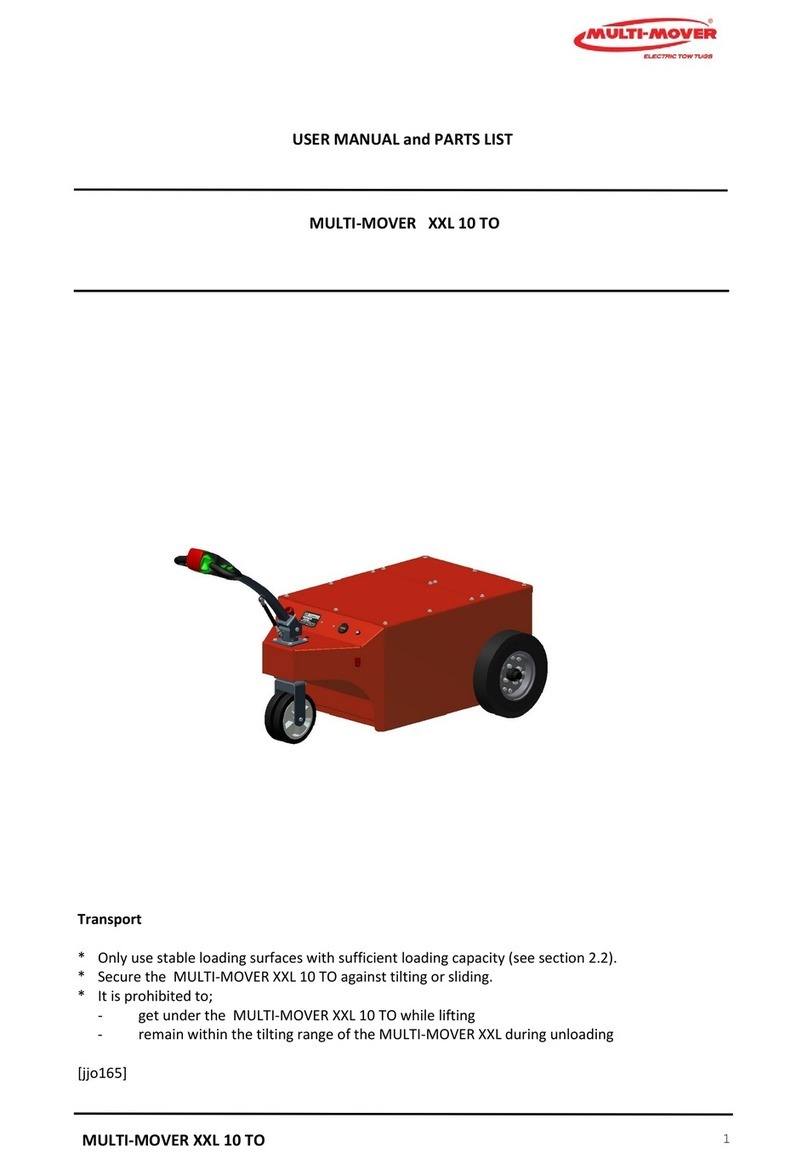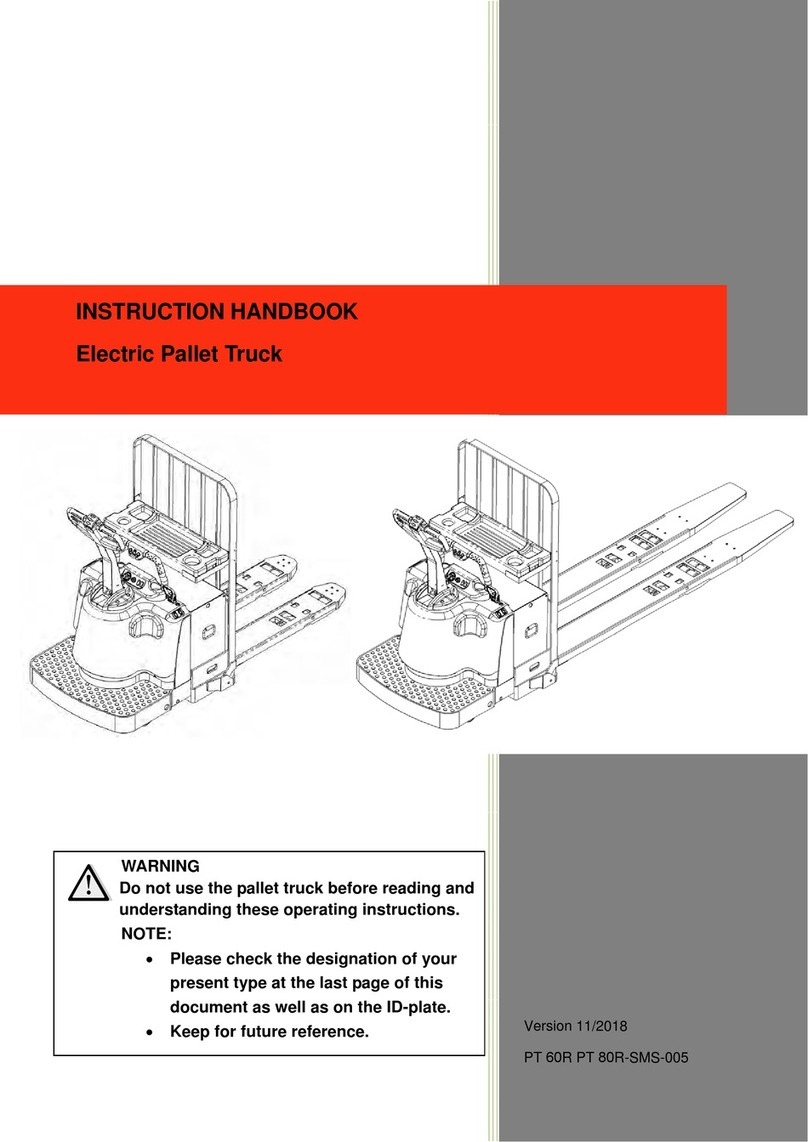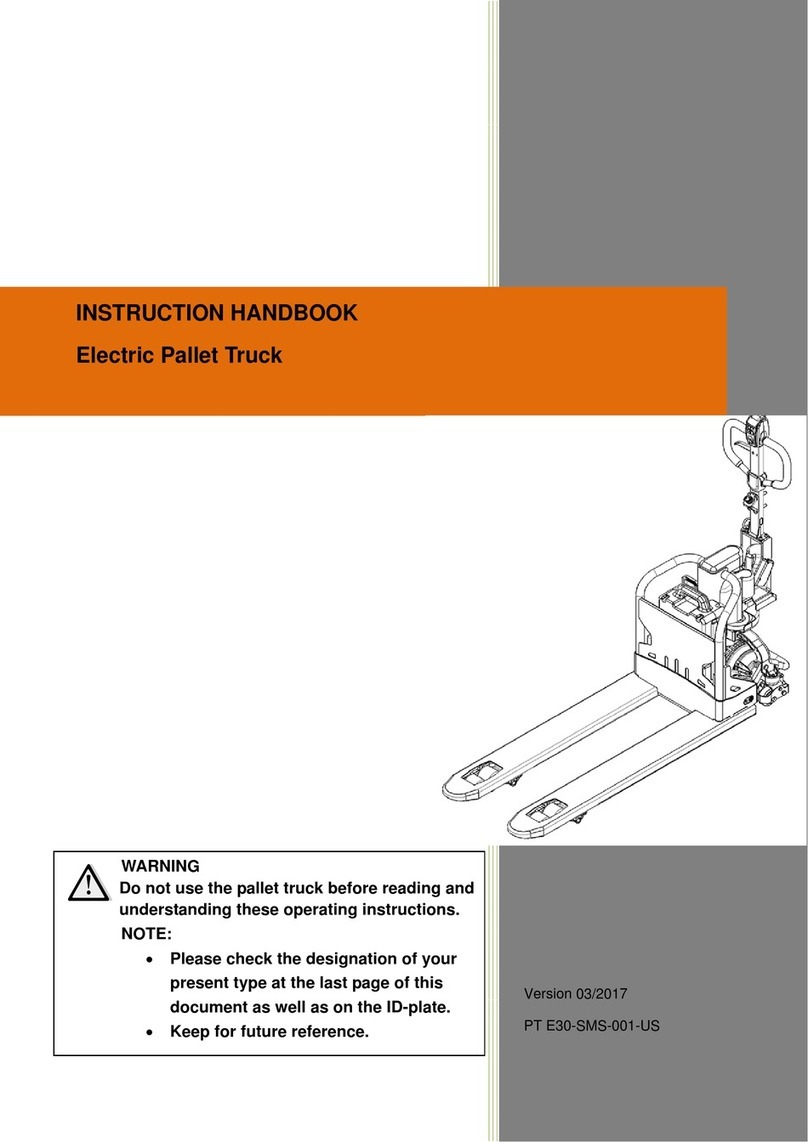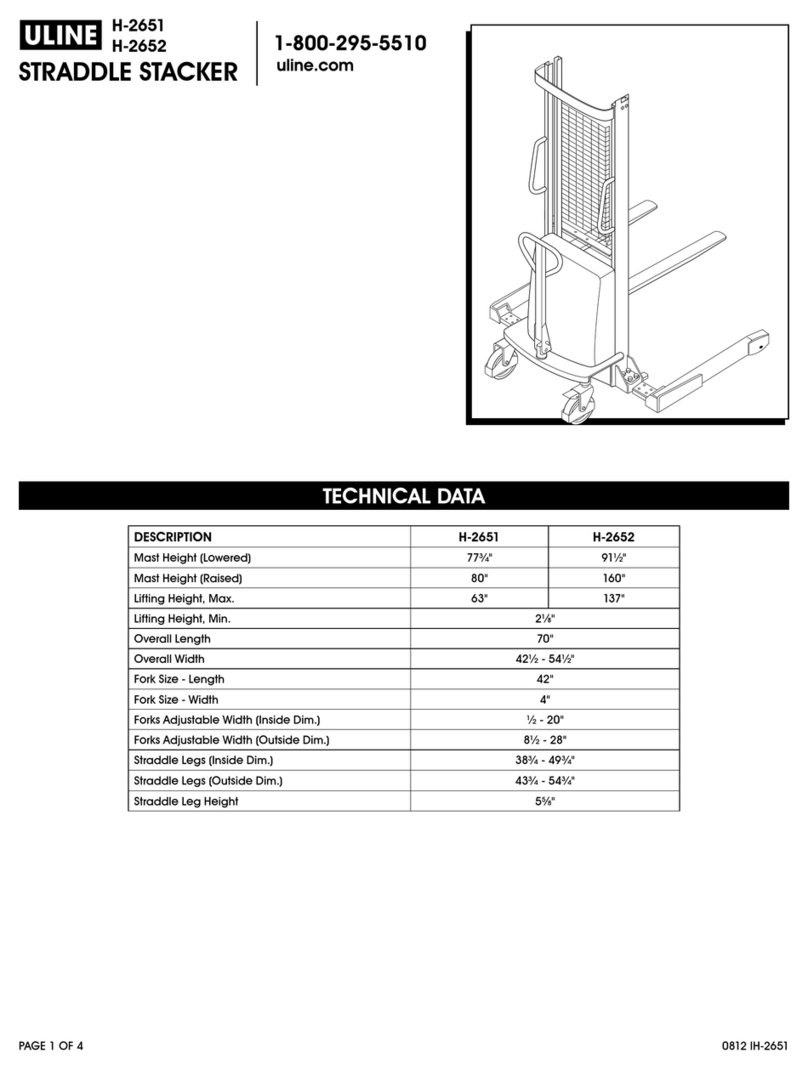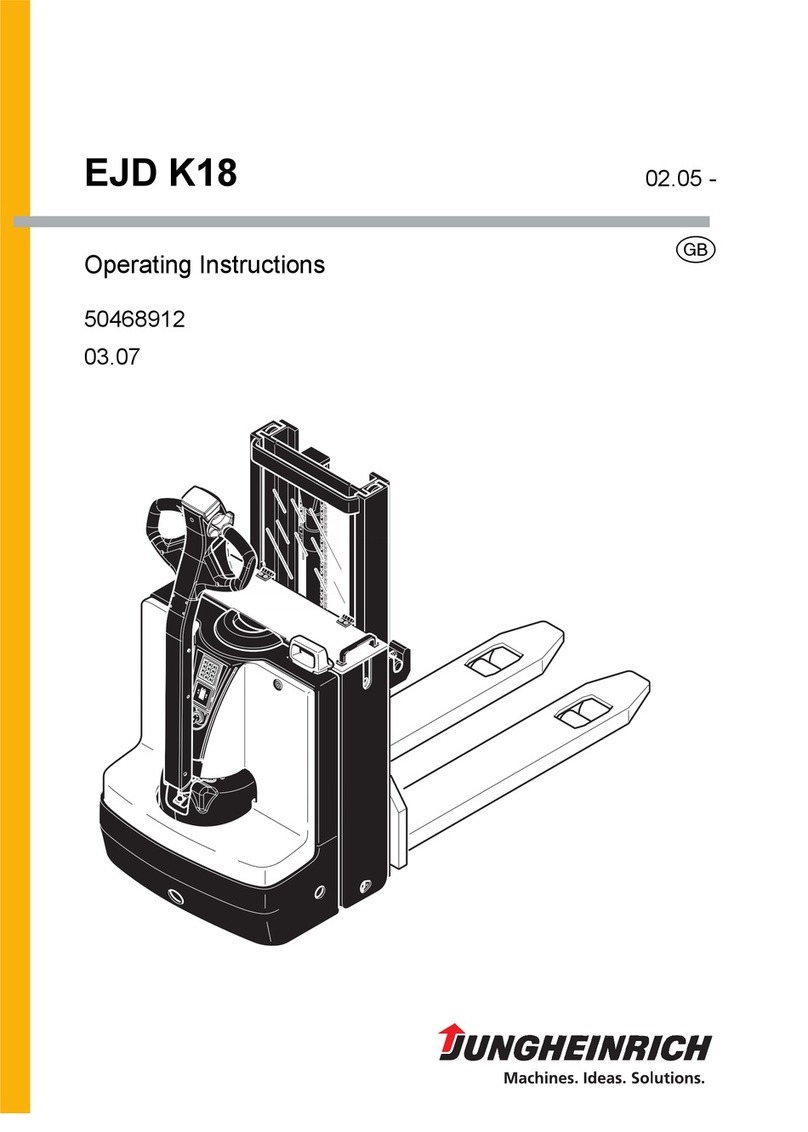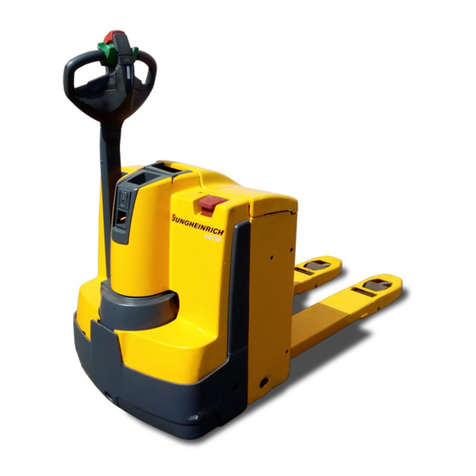
Periodic Maintenance Table of Contents
TABLE OF CONTENTS
Introduction........................................................................................................................................................ 1
General........................................................................................................................................................... 1
Drive Unit Compartment Covers.................................................................................................................. 1
Remove....................................................................................................................................................... 1
Install......................................................................................................................................................... 1
How to Move a Disabled Truck ..................................................................................................................... 2
How to Tow the Truck ............................................................................................................................... 3
How to Put the Truck on Blocks ................................................................................................................... 4
How to Raise Drive/Steer Tire.................................................................................................................. 4
How to Raise the Load Wheels ................................................................................................................. 4
Special Precautions............................................................................................................................................ 5
Maintenance Schedule....................................................................................................................................... 6
Maintenance Procedures Every 8 Hours or Daily............................................................................................ 9
Checks With the Key Switch OFF ................................................................................................................ 9
Safety Labels ............................................................................................................................................. 9
Battery ....................................................................................................................................................... 10
Frame......................................................................................................................................................... 10
Load Wheels, Drive Tire, and Casters ..................................................................................................... 10
Lift Linkage (C60Z and C80Z).................................................................................................................. 11
Coupler (T5Z and T7Z).............................................................................................................................. 11
Steering Operation.................................................................................................................................... 11
Checks With the Key Switch ON .................................................................................................................. 11
Control Handle .......................................................................................................................................... 11
Gauges ....................................................................................................................................................... 11
Fuses .......................................................................................................................................................... 12
High Speed Switch .................................................................................................................................... 12
Hydraulic (C60Z and C80Z)...................................................................................................................... 12
Hand Brake ............................................................................................................................................... 12
Maintenance Procedures Every 350 Hours or Every 2 Months ...................................................................... 13
Battery Equalizing Charge ........................................................................................................................... 13
Coupler Lubrication (T5Z and T7Z).............................................................................................................. 13
Control Handle Pivot..................................................................................................................................... 14
Brakes ............................................................................................................................................................ 14
Drive Tire and Wheel .................................................................................................................................... 14
Drive Unit Assembly ..................................................................................................................................... 14
Check Oil Level ......................................................................................................................................... 14
Motor Brushes ............................................................................................................................................... 15
Maintenance Procedures Every 2000 Hours or Yearly .................................................................................... 16
Load Wheel Bearings (T5Z and T7Z)............................................................................................................ 16
Remove....................................................................................................................................................... 16
Inspect........................................................................................................................................................ 16
Install......................................................................................................................................................... 16
Contactor........................................................................................................................................................ 18
Inspecting the Contacts ............................................................................................................................ 18
Hydraulic System (C60Z and C80Z) ............................................................................................................. 18
Changing the Hydraulic Oil...................................................................................................................... 18
Master Drive Unit ......................................................................................................................................... 23
Drive Unit Gear Oil................................................................................................................................... 23
Welding Repairs ................................................................................................................................................. 24
Battery Maintenance ......................................................................................................................................... 24
How to Charge Battery.................................................................................................................................. 24
©2007 HYSTER COMPANY i



